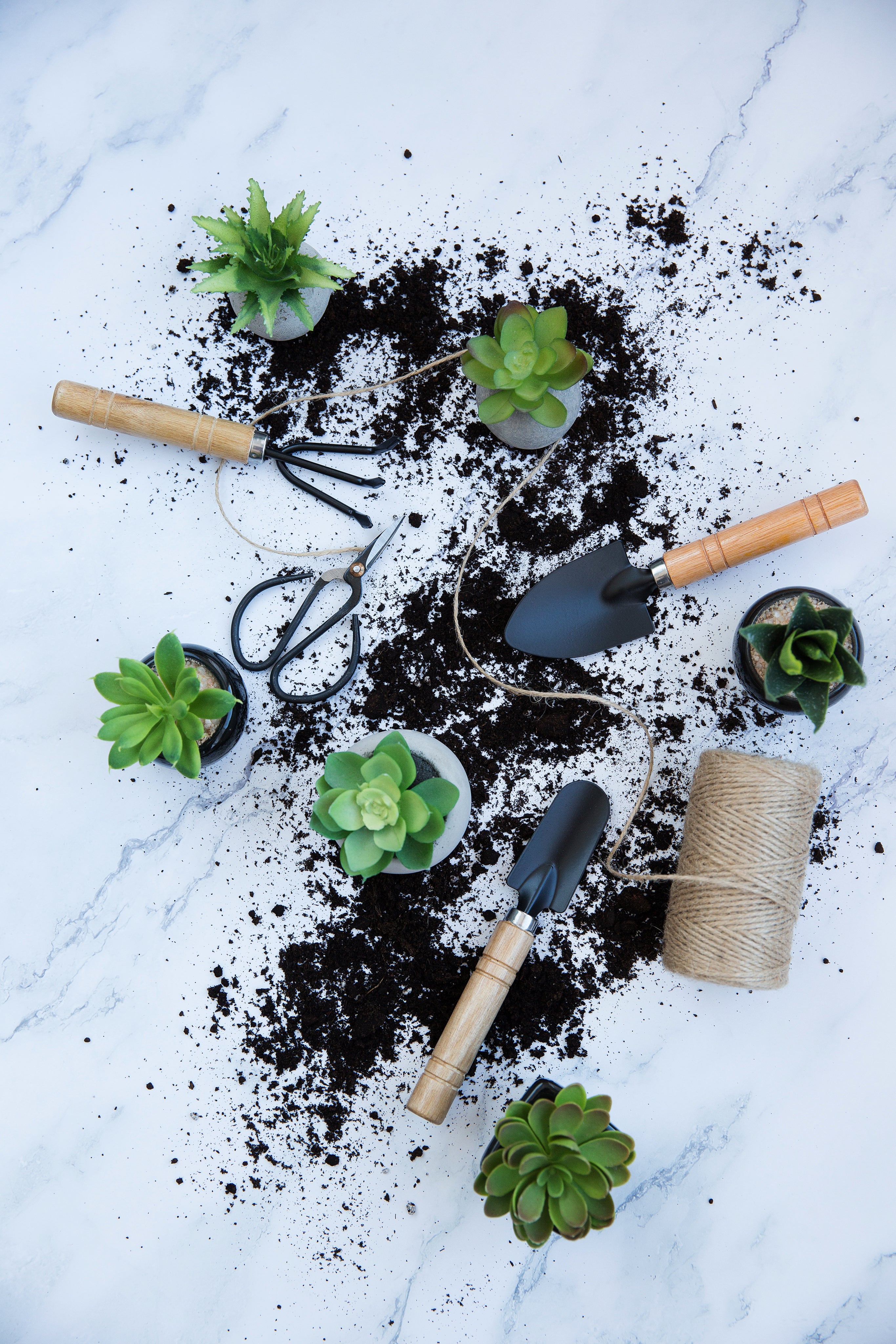Plant Goals Glossary + Care Tips
*Heyo! Be aware that we are reorganising our tags for our products. Most of our plants are tagged with plant care tags (ie: Bright Indirect Light, Direct Light, For Plant Killers, High Humidity, etc), but if something is not tagged, just let us know and we can provide the info you need and tag any plants we missed!*
At the bottom of every plant product page, you'll see a "know your plant" section with some pointers to get you started. Find your pointers below and dive in!
Bright Indirect Light
This is a term that is widely misused in the plant industry. Most big green houses slap this generic description on each plant and call it a day. This is both an injustice to the customer and the plants! I promise, plants that live under the canopy in a jungle don't want the same lighting as plants that live in arid deserts.
What does it actually mean though?
Bright indirect lighting is typically going to come from an east window, a couple feet back from a west facing window, or a few feet back from a South window. The window provides bright light all day but typically does not get direct light for more than an hour. You can mimic this lighting with grow lights, just increase the distance between the grow light and the plant for more indirect light.
Direct Light
This is the most amount of light in our lighting categories. Plants in this category would like at least 4 (preferably 6+) hours of their day spent with full sunshine. Southern exposure, close to the window where the rays of sun cast a crisp shadow, is a perfect example of direct light. Desert plants want plenty of light as well as some tropicals like Alocasia and Colocasia, and Tradescantia. Plants in our direct light category may also be happy with bright indirect light most of the day and direct for part, so be sure to read each plant description for more details.
For Experienced Plant Parents
Some plants are a little moodier or more particular than others. The plants in this section need fairly specific care to keep them happy -- they're not necessarily difficult, but you really don't want to wing it. Be sure to do some extra reading up on these fellas!
For Plant Killers
These plants are perfect for folks who consider themselves plant killers or for anyone who is just getting started and wants to try something easy! These plants don't need much to keep them happy.
High Humidity
Plants with this tag need a higher level of humidity than your average home provides on its own. You will need to augment with a humidifier and/or frequent spritzing/misting. Be sure to use lukewarm water when you spritz your plants and keep these plants far away from heat vents or AC units, or drafts. You can also use what's known as a "cloche" to encase your plants in a glass dome to keep the humidity up. Plants in this category will suffer greatly without high humidity, so this isn't a factor you want to ignore.
Low Light
Plants in this category are either happier with low light, or can tolerate it. For example, a fern would prefer to hang out in medium to lower light, while a snake plant would love bright indirect, but can handle low light just fine. Low light does not mean no light. No windows? No way :) You'll want to supplement with some grow lights.
Pet Friendly
These plants are generally considered to be safe for cats and dogs. Be sure to do your research before bringing home any plant. Our favourite resource is the ASPCA's Toxic and Non-Toxic Plants List.
Pot
If a plant vessel on our website is listed as a pot, this means it has drainage and you can plant your plants right into it. If your pot has drainage but does not come with a drip tray, any plate/saucer (clay is best) can work as a drip tray!
Potcover
If a plant vessel on our website is listed as a potcover, this means it does not have drainage and is used as a decorate cover or cachepot. You can place your plants in their nursery pots directly inside. More experienced plant owners may choose to plant directly into a potcover, but we do not recommend this for anyone who isn't well versed in plant care.
How To Check Soil Moisture
Push a chopstick or popsicle stick into the soil in the centre of the pot. Pretend you're baking brownies -- if it comes out with crumbs ie. bits of moist soil, don't water yet. If it comes out dry with very little soil stuck to it, it's likely time to water.
As you get more comfortable with your plants, you should be able to start noticing how heavy a watered plant is versus when it's thirsty! Checking soil, leaves, AND weight of the plant is a great way to eliminate watering mistakes!
(This holds true for plants that like to dry between watering -- if you are watering a fern, calathea, etc. you don't need to check that the soil has dried enough. For plants that like to be consistently moist, aim to have damp but not soggy soil.)
How To Water Thoroughly
Using lukewarm to cold water, slowly pour water in a circular motion, starting at the center and moving to the outside. Keep going until you see water flowing freely from the drainage holes in the bottom of your pot. If you have a container that can hold your plant or drainage pan with a lip, we recommend letting your plant sit in the water for about 30min, upwards of a few hours to ensure the soil ais fully saturated. Set your plant somewhere to drain then place it back where it lives.
If you are watering it in place (ie. where it sits in your house) be sure to empty the tray or potcover that it is draining into so it never sits in standing water for longer than a day.

